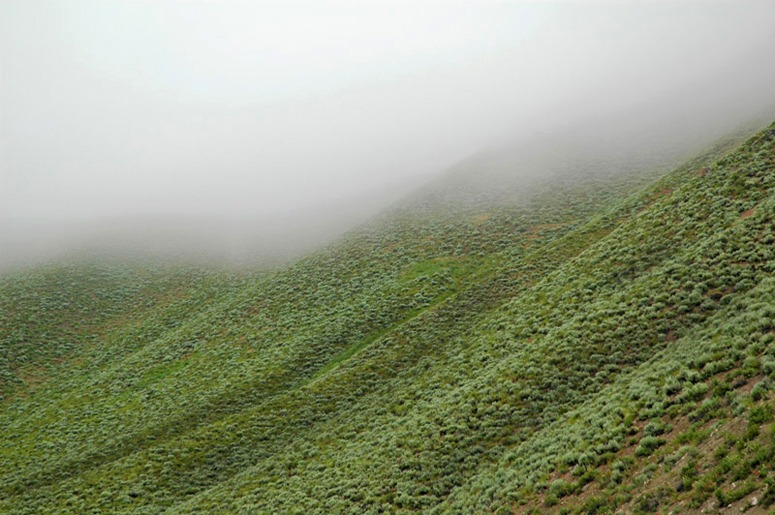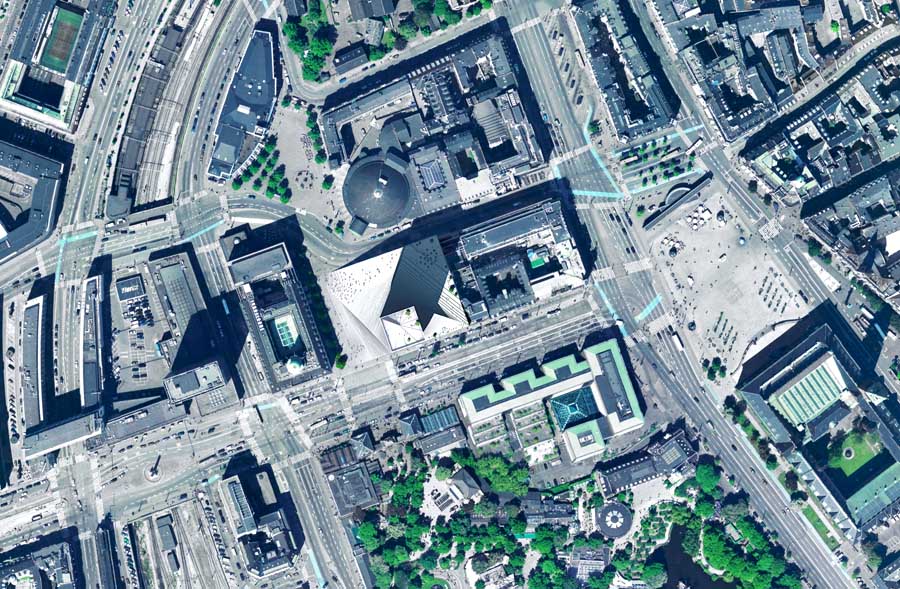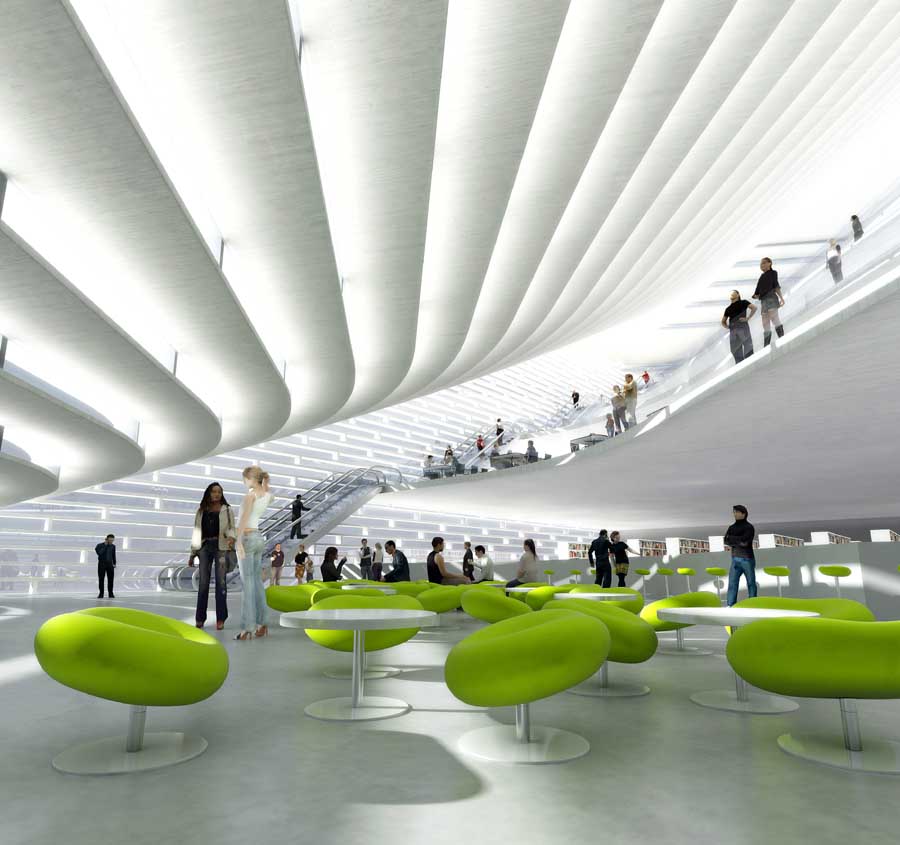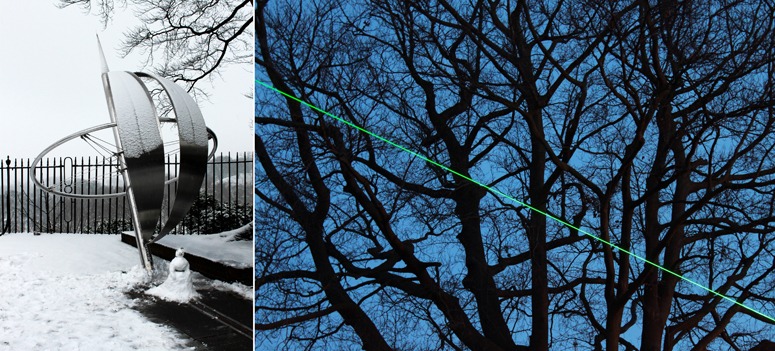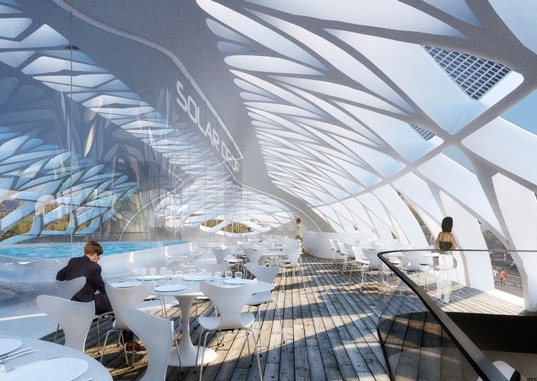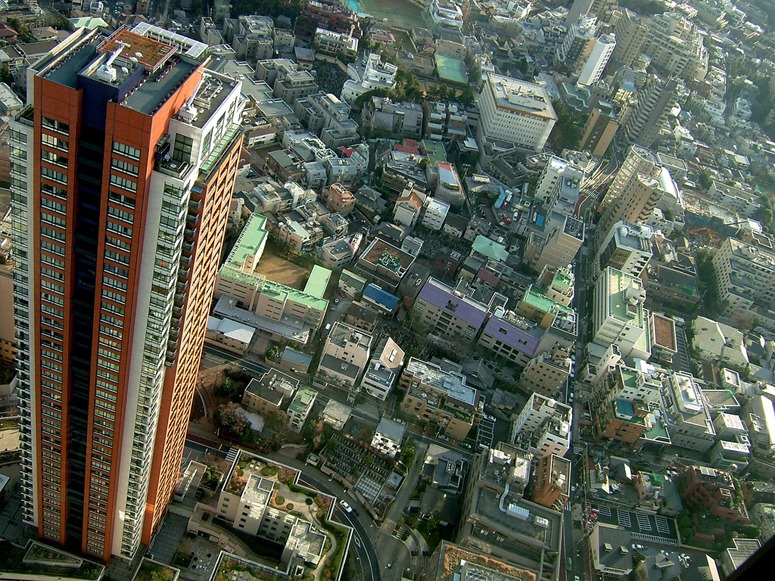
This is the world's richest city. Do you want to live here? Where is it? Does it look really American?
Kevin Lynch wrote a book on the Theory of Good City Form (MIT Press, 1981). His criteria were vitality, sense, fit, access, control, efficiency and justice. None of the criteria are readily measurable and Kevin Lynch did not identify which cities best satisfy them. One imagines he would have given Boston a good position in the ranking of North American cities. Lynch does not mention sustainability – and doesn’t everyone want more money? And so shouldn’t GDP/head be on Lynch’s list? After all, its more measureable and one can even find a ranking of cities by per capita GDP on Wikipedia. It goes like this: Tokyo $1479/head, New York City $1406/head, Los Angeles $792/head, Chicago $574/head, London $565/head, Paris $564/head, Osaka $417/head, Mexico City $390/head, Philadelphia $388/head, São Paulo $388/head. I am surprised that the city at the top of the list is four times as productive as the city in tenth position. Boston is not in the top ten and nor are Edinburgh, Rome, Kyoto, Isfahan, Munich, Hangzhou or many of the other places admired by urban designers. Are we barking up the wrong trees? Or are there no connections between the quality of the urban landscape, the desirablilty of a city as a place to live and the economic productivity of the settlement? And what has size got to do with it? Peter Hall argues that the best size for a city is about 1 million people. The top ten list of cities by GDP suggests to me that bigger cities tend to be more productive. Here are the top ten cities by size: Tokyo, Seoul, Mexico City, Delhi, Mumbai, New York City, São Paulo, Manila, Los Angeles, Shanghai.
(Above photograph of Tokyo, courtesy riverseal)

